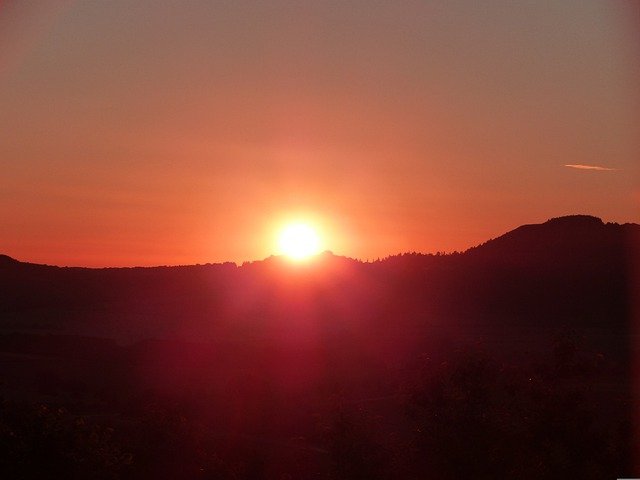
The solstice occurs when the Sun is in a tropic.
From the Latin solstitium , the term solstice is an astronomical concept that refers to the time when the Sun is in one of the tropics. The winter solstice is known as the winter solstice and is the shortest day and longest night of the year in the northern hemisphere (in the southern hemisphere, the exact opposite occurs).
The summer solstice or vernal solstice produces the longest day and the shortest night of the year in the northern hemisphere (the opposite is true in the southern hemisphere).
Cause of the solstice
For the Tropic of Cancer , the solstice occurs from June 21 to 22 , while, for the Tropic of Capricorn , the solstice occurs from December 21 to 22 .
Solstices occur due to the axial tilt of the Earth's axis. This allows the Sun to reach, at a certain time of the year, its maximum northern declination with respect to the celestial equator (+23º 27″) and its maximum southern declination (-23º 27″). In other words, the solstices are the annual moments in which the Sun reaches its extreme position , whether boreal or southern.
Celebration and rituals
Since ancient times, the arrival of the solstices has been accompanied by various celebrations and rituals. The June solstice is celebrated on the coast of Spain with the Bonfires of San Juan , a rite where, by lighting a bonfire, it is about giving more strength to the Sun, which begins to become weaker in the northern hemisphere from that moment on. moment.
Likewise, the December solstice is celebrated in the northern hemisphere as the return of the Sun, since, from that moment on, the days begin to lengthen. There is a symbolism where the Sun is associated with rebirth and hope. For this reason, there are those who say that Christians set the nativity of Jesus Christ in December as a symbol of the arrival of a new light to the world. On the other hand, Christmas would try to overshadow the pagan festivities that had existed for a long time.

The solstice celebration at Stonehenge is very popular.
Curiosities linked to the solstices
But not all the celebrations that take place during the solstices have been made official; These two times of the year are related to endless beliefs , which turn them into clashes between reality and magic. On the other hand, these points at which the length of day and night are affected have also caught the attention of science . Let's see some curiosities below:
* Many people fervently believe that while the summer solstice takes place, a portal opens that allows beings from mythology, such as spirits and fairies, to enter our world;
* Geology has extensively investigated the solstices and has concluded that these phenomena have occurred on our planet for more than four thousand four hundred million years ;
* among the ceremonies that are performed during the solstice, there are some that aim to invoke supernatural forces to grant certain wishes and eliminate negativity from the world;
* The well-known monument Stonehenge , in England, sees almost forty thousand people gather each year to celebrate the solstice.
The equinox
In the middle of both solstices there is a phenomenon called the equinox , which also occurs twice a year: once between March 20 and 21, and the other between December 22 and 23. These are two moments in which the Sun is in the same plane as our equator.
During an equinox, day and night last practically the same length; Another of its main characteristics is that the distances between each of the poles of our planet and the sun coincide. On the other hand, it is important to note that the March equinox marks the beginning of autumn in the Southern Hemisphere and spring in the Northern, while the December equinox begins summer and winter in the respective hemispheres .
